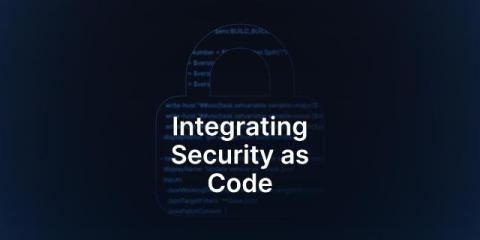Stay Focused on Relevant Threat Intel Through Scoring and Expiration
John Lennon popularized the phrase, “Life is what happens when you’re making other plans.” And that’s an apt characterization for how we think about threat intelligence. We tend to focus on it to block or alert-on an attack. Meanwhile life is what’s happening to our threat intel while we’re making these plans. When we don’t pay attention to the threat intelligence lifecycle, we can run into trouble.











